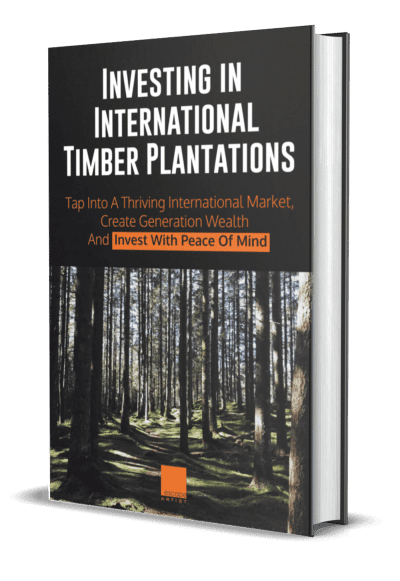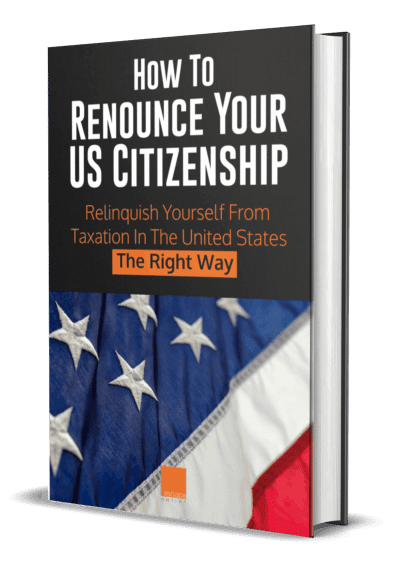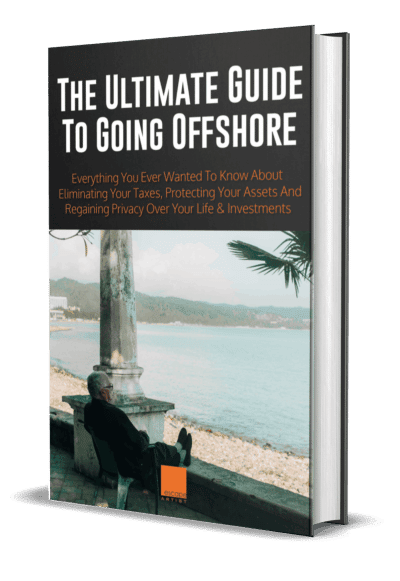I was speaking at a conference last week in Panama and was reminded once again of the importance of finding true community when moving overseas. Several of the attendees who had moved overseas mentioned to me how they had searched for new friends after moving and had experienced a tough time finding a peer group when they first arrived.
I sympathize with them, because true community is not something very common, nor easy to produce. This week’s column explores the concepts of community, why it’s critically important for satisfaction in life, and what factors are most likely to produce it.
Let’s start at the beginning. When moving abroad (or to any new location, really), we are also, by default, leaving behind our existing networks of friends, associates, and familiar places we gather to socialize. Sure, the internet and nearly-free phone calls today make staying in touch easier than ever before.
But there’s something tangible that drops out of the equation when physical distance grows. The effect is compounded even more when moving coincides with retirement, an already stressful break from colleagues, friends, routines, and the casual acquaintances who we see every day at work. So, when we move overseas, we must realize that in order to find a similar quality of life socially, we must replace these lost or diminished relationships with new ones.
But how do we do that? What is it about the new location that makes it possible?
These are important questions that we need to ask before we move, and they’re even better to ask before we actually begin our new search. The answers are unique to each individual, but we have found that some general principles do apply.
The best place to start is with a self-evaluation, and a great resource tool is available here to get you started. When you take this simple survey, you’ll see a set of questions to ask yourself to help you determine priorities and critical factors in your new home. A few simple examples of questions in the self-evaluation are, “How close to an English-speaking church do I want to live? Do they have a Rotary Club or other social responsibility and service organizations I can join?”
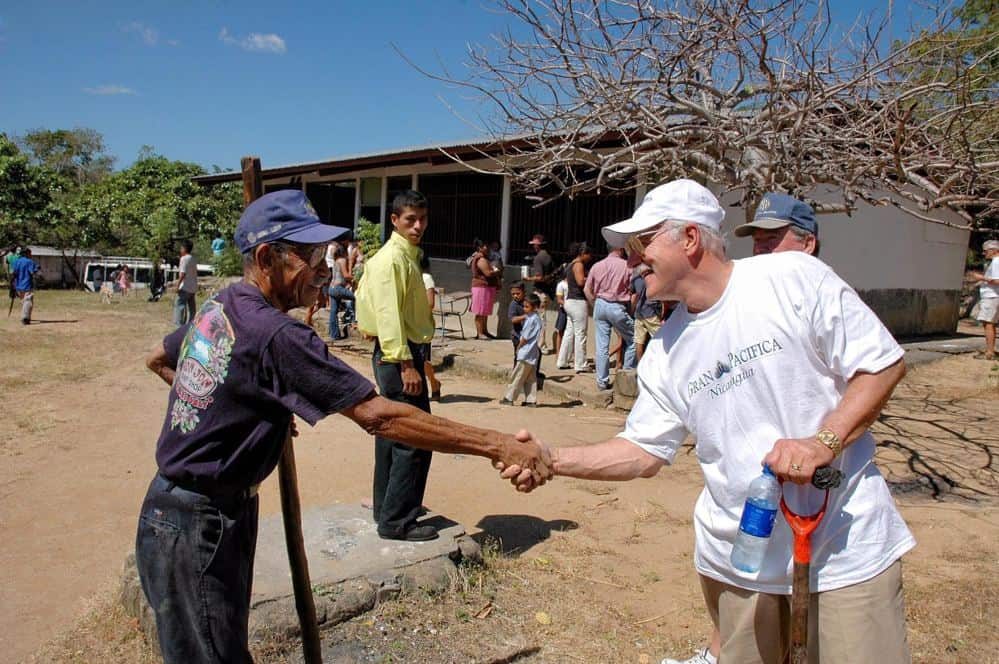
Getting involved means meeting your neighbors and sharing a meaningful experience.
Also important in finding new friends and social networks are places to gather and have fun with others.
“Are there Zumba or yoga classes, golf courses, tennis courts, gyms, and spas where I can meet folks and get to know them?”
These “third spaces,” as they call them in the business, are critically important because they provide locations to gather and meet others.

Experience the Insider community that takes your international lifestyle to the next level. Download your FREE guide
"18 Steps to Implementing Your Plan B" instantly!
Painting classes at the beach.
As we get into the meat of the column this week, we do a little deeper dive into the methodologies behind community and why it occurs. More importantly, we describe physical realities that make it most likely to happen, so that when you are exploring for your dream home overseas, you can make sure that you physically see the necessary elements for community and then own where you know you’ll enjoy a phenomenal social quality of life.
At its most basic level, community is a feeling. But there are hard objective realities that let it happen. Both aspects are explored in this column. Let’s start with the feeling of community.
Did you ever want to live in Mayberry RFD? A friendly place where neighbors really knew one another, and people wanted to be friendly. Just watching the show can make us nostalgic for something that we’ve never experienced. Why? Because in our hearts we yearn for much more than a house in a city. What we deeply desire is a home in a community. So, how do we find this?

Mayberry – Setting the community standard for a generation.
The common residential experience over the last 50 years has been the suburbs, and it is something very different from small town living. But because we are social creatures, we do create community, even living in crowded cities and suburbs. We have “homes” where we live and “communities” where we belong. But in most cases, the homes and the communities were not linked geographically. We live one place and enjoy fellowship at church, work, or other social functions in another. Very rarely do we find community with our physical neighbors.
The car has made it possible for us to separate the home and community. This is a good thing. Economic progress is dependent upon specialization, and the mobility of the workforce. And because of the car and easy transportation, we are able to find others who share very common ideas and beliefs. Driving 30 miles to a party of one of my friends in the computer industry was nothing.
But community, spread across a city or the suburbs, does come at a price. For example, I didn’t even know the name of the folks that lived right next door. There were no sidewalks in the neighborhood. We each drove our cars into our garages and used an inside door to enter the home. None of us had a front porch, either. The closest I got to my neighbors was when we happened to be mowing the front yard at the same time. Isolation from those closest physically to us, our neighbors, has been one of the costs associated with this economic progress.
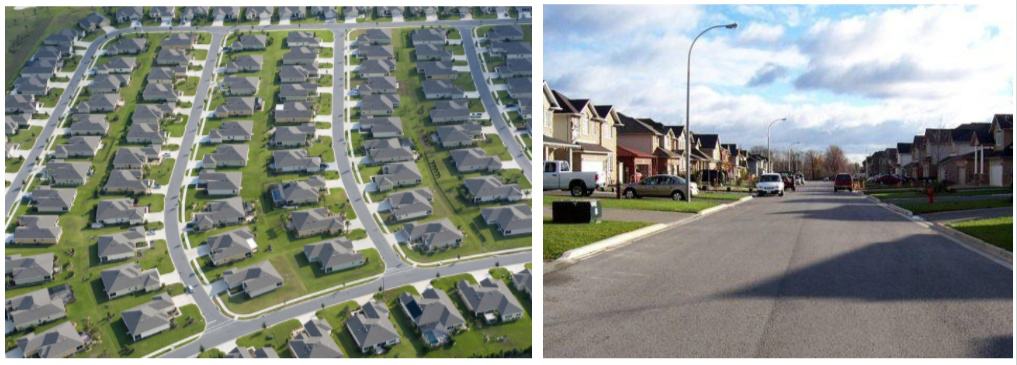
Typical suburb with driveway, garages, and streets without sidewalks.
A question that you may ask is, “Why should we care about this? We are happy with our spread-out friends and social networks for the most part.” This is true, largely, especially while working. But many people still feel there is something missing in their lives. And this missing element becomes even more noticeable when retirement begins.
The search for this missing element is in full swing. All across the United States, as people are moving into small towns for retirement, they don’t want to depend on a car for community. Companies like Walt Disney are creating small towns and developers are creating pocket neighborhoods within large cities.
This trend is powerful and pronounced, especially among retirees. Something about the small town is pulling us back to our roots. The quiet voice inside us wants to know our neighbors and enjoy the community of people who live close at hand. We want to recapture the feelings and experiences of our youth when we could run down the street and visit our friends, stopping by the home of the old lady down the street to snack on the wonderful cookies she made every Tuesday afternoon.

Celebration, FL – A new small town.

Mike and Deneen enjoying The Pizza Press.
Settlements in the past happened by “accident.” Perhaps a natural resource was abundant, or maybe a factory or institution was a focal point to attract settlers who formed a small town or city. But the lack of affordable and efficient personal transportation forced people in these towns to create a community. Certainly, some communities worked better than others, but you became friends with those around you because you had no real alternative.
Improved transportation allowed us to be mobile, and the physical neighbor wasn’t as important. We also gave more and more responsibility to the governmental agencies to assist our neighbors in need. Fire departments, EMT services, police, welfare, and social services all replaced the responsibilities of each of us in relation to one another as neighbors.
When people stroll sidewalks that are shaded and comfortable, they pass people along the way, they see people on their front porches, and they stop for a minute to say, “Hi.” As this happens, true community is given a chance to emerge, and when it does, wonderful things occur.
How do we know when it happens? Well, we can certainly feel it, but that’s pretty soft and subjective. The good news is that measuring something real but unseen, like community, may seem difficult but actually has an objective reality. The marketplace does a great job of valuing this intangible feeling we know. Property within a true community commands a premium at the outset, as well as the potential to retain and increase in value substantially over time.
This intangible called “community” is highly desired, and people are willing to pay more for it. Case studies abound showing this huge valuation difference between a collection of properties in a project and homes within a true community. In the U.S., values can be up to six or more times greater for a traditional neighborhood property. Values within a true community start higher and continue to increase as they develop and grow into real neighborhoods. The benefits to property owners and shareholders are significant.
Check out two examples from the internet this week. The first is a small lot in a New Urbanist community in the Florida Panhandle called Watercolor. The second is a lot a few miles up the road. Same zip code. Same distance to the beach. Same sand. Same sun. Same weather. Hugely different price. Why? Community!

A New Urbanist community really delivers.

Land for a house.
Traditional Architecture and the Nostalgia Element
Traditional communities in North America are seeing a strong resurgence. It is in large part a reaction to the suburban sprawl and the isolation one can feel while living right next to other houses full of people, but not necessarily neighbors. A new type of urban planning is a blending of modern amenities, technology, and infrastructure with the feeling of a community in which people have relationships, communicate, and interact with one another on a regular basis. The best developers recognize the importance of community and integrate a development philosophy which combines the desire for a traditional neighborhood with the need for modern amenities and facilities.
The blending of old and new is the basis for the term “neotraditional,” a word that is used in this sense to reflect a throwback to the nostalgia of the past, while importantly including modern elements that enhance our living experience. The best master planning and design take cues from classic 1930s neighborhoods, where houses and apartment buildings face the street, a place where wide, shaded sidewalks provide a pleasant pedestrian environment. The messy necessities of parking, garbage, and utilities are hidden from view behind the homes in alleys.

The science of Urban Planning
The baby boomer consumer wants what they remember having as children: walkable, human-scale communities where they see neighbors regularly and enjoy pleasant conversations out on their front porch. However, they loathe the idea of giving up today’s modern conveniences. Some developers are now delivering this nostalgic experience with all the conveniences of modern North America in a part of the world offering a wide variety of lifestyle, climate, and amenity choices. Most importantly, they do so affordably for the vast majority of retiring, middle-class baby boomers.
Great development borrows much from traditional planning and local architecture in its host countries. In Nicaragua, towns and villages have a distinct character and quality shaped by layers of cultural influence, geography, and landscape There is a regional adaptation of architectural styles and vocabularies in Nicaragua that respond to the climate, availability of local materials, and craftsmanship. Each region has slightly different patterns depending on these characteristics.
For example, Gran Pacifica builds on the Spanish Colonial architecture from the 480-year-old cities of Leon and Granada and combines it with modern amenities like golf courses, fiber optic telecommunications, and underground electricity. The traditional concepts such as narrow, pedestrian-friendly streets with sidewalks produce a rich pattern of special addresses, expansive views, intimate streets, and parks.

Community comes alive.
The best neighborhoods produce true community. They are designed for walking and highlight natural settings, because walkways serve each house connecting the neighborhoods. Streets are designed as shared public gardens and are lined with houses and villas that together create a sense of neighborhood and shared amenities.
All of this data and the trend of people moving back to small towns across the U.S. shows the need for community at a deeply human level. Searching for the elements that make it most likely to occur needs to be a primary foundation of everyone’s search criteria when looking for a home overseas. When community becomes the foundation of your new life, many of the other pieces fall into place with ease. And after all, an easy transition to a wonderful quality of life is what we want when we make the move overseas.
The Bottom Line: Own Community.
Quality of Life and Personal Satisfaction Depend on It.
To learn more about how you can own community, request a copy of the Consumer Resource Guide with 5 specific criteria you can know to demand. For a deeper dive, the ECI Business plan has several sections on this topic. The UDA Master Plan for Gran Pacifica, the first New Urbanist Community in Central America, is available as a download as well. These examples and tools will give you the what you need to make sure you get what is important to you in your move or investment overseas. New community and true community.
Contact our office HERE for more information!
We have some amazing Country Guide Books. You can download for free!
 Michael K. Cobb is the CEO and co-founder of ECI Developments which has properties throughout Latin America. He speaks all over the world on international real estate and is a board member of the National Association of Realtors.
Michael K. Cobb is the CEO and co-founder of ECI Developments which has properties throughout Latin America. He speaks all over the world on international real estate and is a board member of the National Association of Realtors.
Like Our Articles?
Then make sure to check out our Bookstore... we have titles packed full of premium offshore intel. Instant Download - Print off for your private library before the government demands we take these down!





